Despite being the capital city of Cambodia, Phnom Penh isn’t the country’s most popular tourist destination. That honor goes to the world famous historical site of Angkor Wat. That doesn’t mean though that the city of Phnom Penh isn’t worthy of your time. It is full of major cultural and historical landmarks, some of which are enchanting, and others that are horrifying. For those planning a trip through Cambodia, Phnom Penh is an essential stop and one you won’t regret.
While it may be a bustling city and the country’s capital, Phnom Penh and its sights don’t take too long to be properly explored. In fact, two days is plenty of time to experience the best things to do in Phnom Penh. We’ve put together this Phnom Penh itinerary to help you in that effort and answer any questions you have about what to do in Phnom Penh in 2 days. So let’s get into it shall we?
Best Time to Visit Phnom Penh
To get the most out of your 48 hours in Phnom Penh you’ll want to take into account the best time of year to visit. In a destination like Phnom Penh, the weather can have a huge impact on how much you enjoy the city and its sights. If you visit between May and September, during the wet season, get ready for monsoonal downpours which won’t make sightseeing all that fun.
Unlike the wet season, the dry season can be broken down into two shorter seasons, a cool and a hot season. Most people find that the best time to visit Phnom Penh is during the cool season which goes from November through to February, as the weather is warm and mild then. In contrast, the hot season from March to May brings with it hotter, more humid weather which can make the inland city of Phnom Penh a bit stifling.
Now, while the cool season is undoubtedly the busiest time of year for visitors to Phnom Penh, the city is not such a major tourist destination that it ever gets truly crowded. Phnom Penh doesn’t have to contend with the same number of tourists as Siem Reap or somewhere like Ho Chi Minh City, so visiting in high season shouldn’t be a problem.
Check flights to Phnom Penh from the USA (from $342) and UK (from £335).
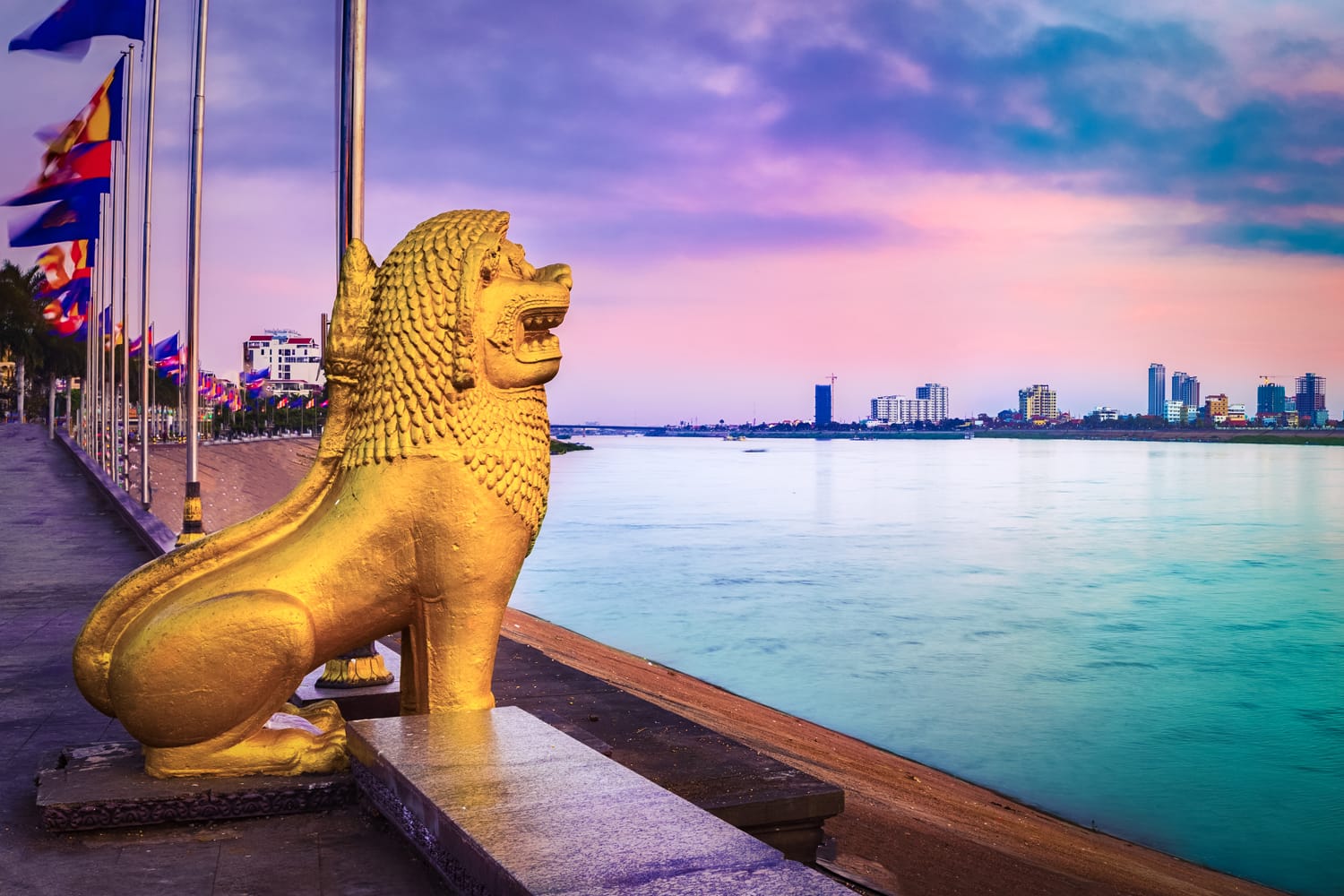
How to Get Around Phnom Penh
When visiting Phnom Penh, it’s important you understand the best ways to get about the city. The attractions of Phnom Penh are quite spread out across the city and the last thing you want to have to do is walk long distances in hot and humid weather. That being said, there are several main attractions in the city that are close together, so there will be times when walking is the best option.
Phnom Penh is home to a small network of buses, with three bus lines that connect the city. But at only $0.40 per ticket, it’s a very inexpensive way to get around. Other options for getting around Phnom Penh include motorbike taxis, taxis, and tuk-tuks.
Motorbike taxis are a quick, cheap option but be sure to wear a helmet to avoid a traffic fine. Taxis come in both meter and non-meter form, so if it’s a non-meter taxi be sure to agree on a price upfront. Taking a ride in a tuk-tuk also means negotiating a price before hand and checking that the driver actually knows how to get where you want to go.
It’s also important to know that you have options for getting into the city from Phnom Penh Airport. The airport has surprisingly good public transport connections, so you can pick between train, bus, or shuttle bus. The train takes 30 minutes to reach the city, while other options, including taxis, will take closer to an hour. Public bus is the cheapest option at $0.40, while the train costs $2.50.
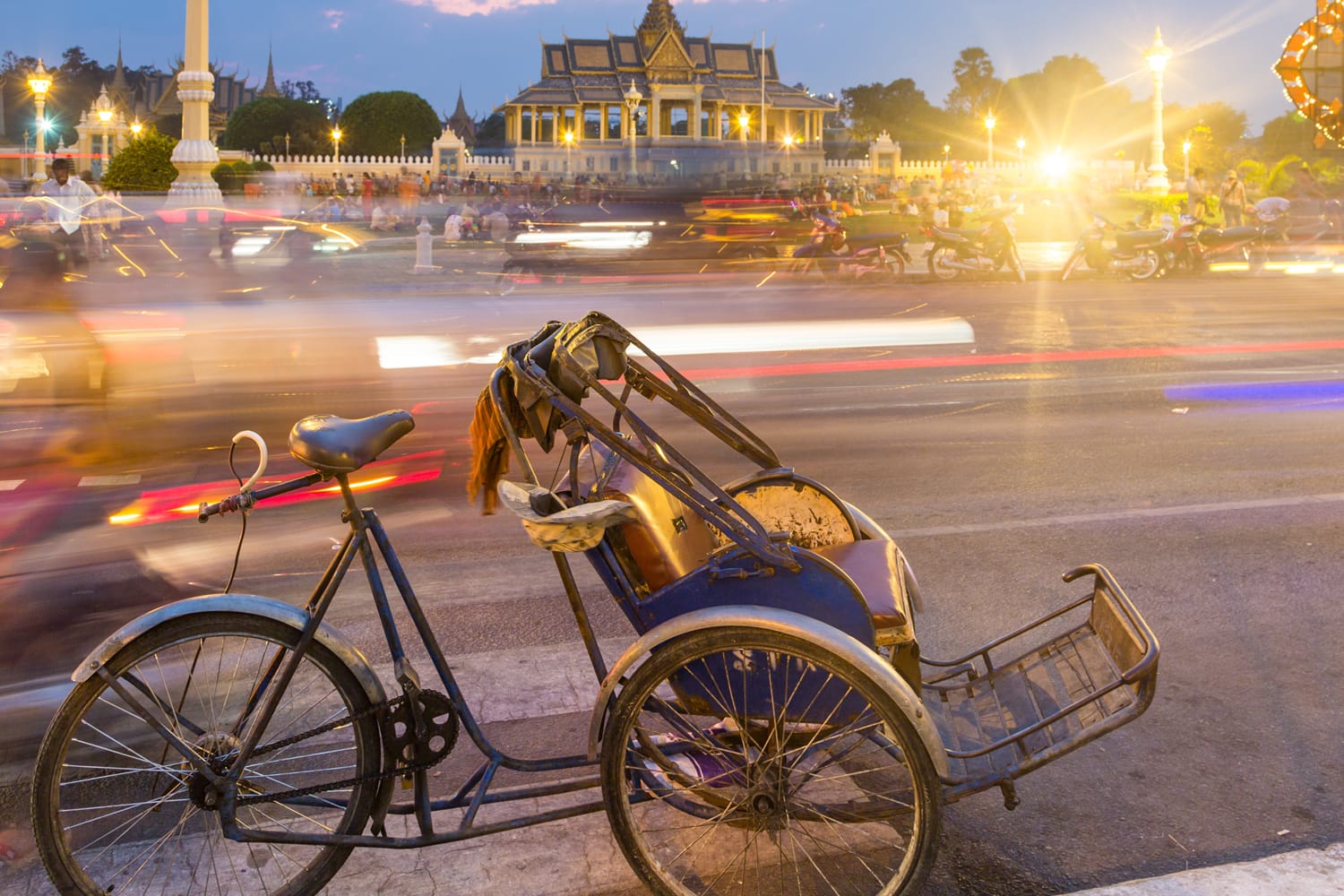
Where to Stay in Phnom Penh
Organizing accommodation is always one of the most important parts of planning a trip, so here’s some advice on where to stay in Phnom Penh to make that a little easier. Phnom Penh continues to grow in popularity as a tourist destination, so you shouldn’t have a problem finding a place to stay that suits your budget and style. One thing to keep in mind is that it’s better to stay somewhere central so that you’re close to the city’s main attractions and markets.
To say that the Palace Gate Hotel & Resort is one of the best places to stay in Phnom Penh is simply an understatement. This five-star hotel is walking distance from the Royal Palace and has everything you need for a pampered stay. With huge rooms, a rooftop bar, and an outdoor swimming pool, you may not want to leave.
Despite its name, the Okay Boutique Hotel is more than just “okay” for those seeking a balance of comfort and cost. With its Khmer design, central location, and rooftop pool, this four-star hotel delivers on all fronts.
You might be surprised to learn that Airbnb is another option for finding affordable places to stay in Phnom Penh, and if you use our link you get up to $40 off your next booking.
Finding cheap places to stay in Phnom Penh isn’t hard, but somewhere both cheap and good is Billabong Hostel. Both dorms and private rooms here come with air-conditioning and Wi-Fi, and the staff are willing to help in whatever way they can.
For more accommodation options in Phnom Penh check out Booking.com. They continuously offer the best rates and their custom service is on point.
The Perfect 2-Day Phnom Penh Itinerary
Two days is the perfect amount of time to explore and experience the best of Phnom Penh.
With its wonderful mix of cultural, historical, and everyday attractions, Phnom Penh offers visitors a well-rounded look at city life in Cambodia. Each visitor will find a different part of the city that interests them in a way they won’t soon forget.
With only a few exceptions, most of the main places to visit on our Phnom Penh travel itinerary are in the central district of Doun Penh. This includes the major downtown areas, the Royal Palaces, and the city’s French Quarter. Only the Russian Market, Kingdom Breweries, and landmarks associated with the Khmer Rouge are beyond this central district. By visiting the spots further out you’ll get a better idea of what Phnom Penh is really like.
However, before we get to our Phnom Penh itinerary, we just wanted to remind you to purchase travel insurance. You never know what will happen and, trust us, you do not want to get stuck with thousands of dollars in medical bills. As a wise man once said, “If you can’t afford travel insurance, you can’t afford to travel.” So don’t leave home without it.
SafetyWing offers travel insurance for only about $10 a week, making it a no-brainer to get. You can get a quick, non-binding quote below:

SafetyWing is, of course, not the only option available. Two other popular alternatives are World Nomads and Heymondo.
Now it’s time to get into the best places to visit in Phnom Penh so you know precisely what to do with your 2 days in Phnom Penh.
Day 1 in Phnom Penh
Your first day in Phnom Penh is going to be purely focused on the main attractions found in the center of the city. As you go, you’ll see a number of cultural icons as well as several markets.
Recommendation: If you want to learn more about the turbulent history of Cambodia, consider joining a guided group tour. This guided tour for example comes highly recommended and visits all the major highlights of Phnom Penh.
Independence Monument
Begin your day by heading for one of Phnom Penh’s most symbolic landmarks, the striking sight of Independence Monument. Built in 1958 to celebrate Cambodia’s independence from France in 1953, the large monument is shaped like a stupa and sits at the intersection of two beautiful boulevards. If you can, try to catch a glimpse of the monument at night when it’s illuminated, as it looks even more impressive then.
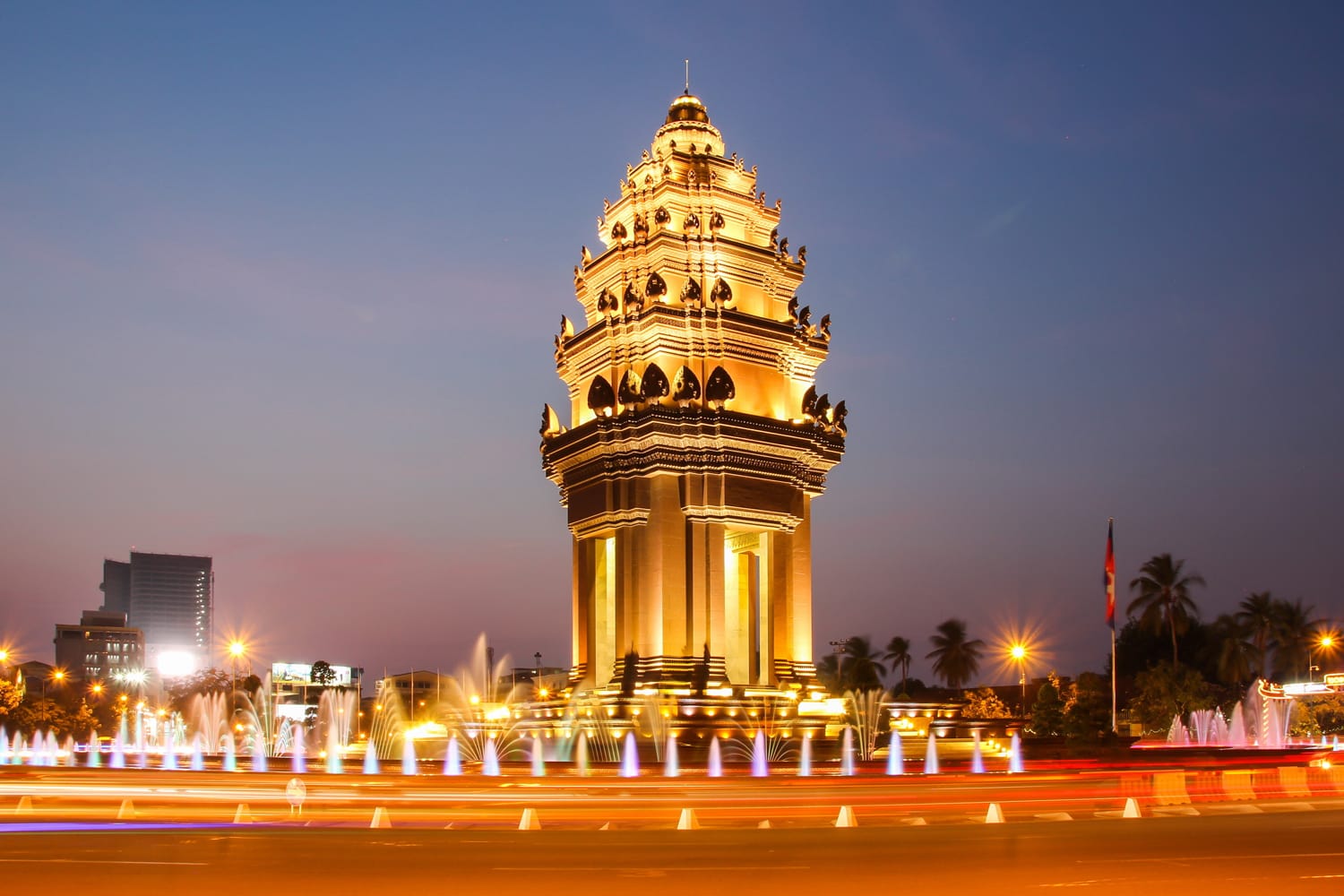
Royal Palace
There’s little doubt that one of Phnom Penh’s most important attractions is the Royal Palace. Even though it is the official royal residence for Cambodia’s king, visitors are still allowed to visit certain parts of this extravagant palace complex. Much of the complex is made up of pretty and well-maintained gardens, not to mention quite a few dazzling golden temples.
The two main attractions here that are open to the public are the Throne Hall and Moonlight Pavilion. With its gold spire, the Throne Hall is hard to miss and is where various royal and religious ceremonies take place. The open-air Moonlight Pavilion however is used to host traditional Khmer dance performances and parades. Walking around you’ll find plenty of information displays which tell you more about the history of the palace and Cambodia’s royal family.
Throughout the complex you’ll notice quite a lot of gold and yellow, which are the symbolic colors of Buddhism. Be sure to dress conservatively here to show respect. Women should cover their shoulders and knees and men should wear long sleeve shirts.
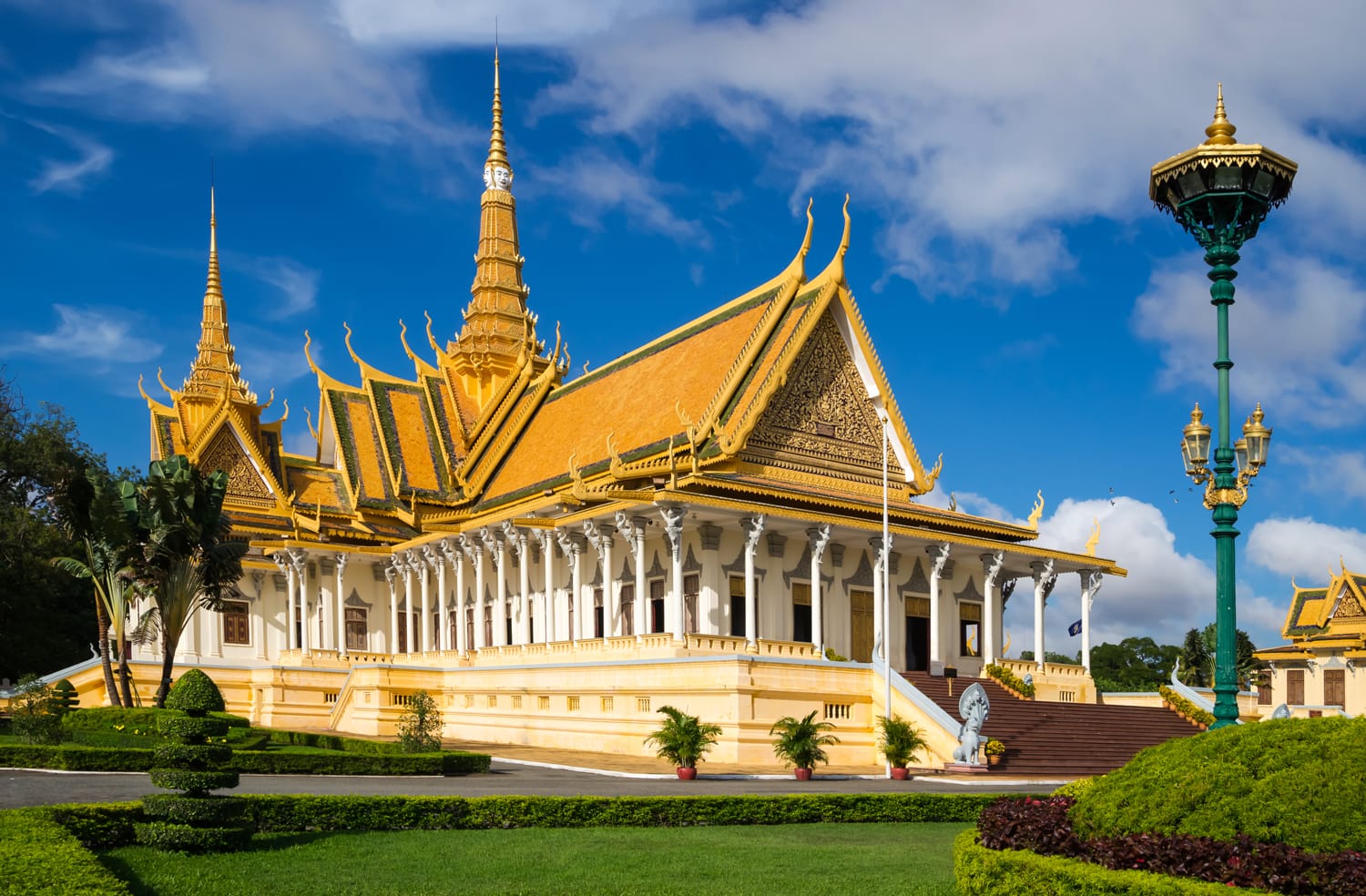
Silver Pagoda
One part of the palace complex that deserves special attention is the beautiful Silver Pagoda. Reached via the southern gate of the Royal Palace, the Silver Pagoda is a stunning Buddhist temple known for the thousands of silver tiles that cover its floor. Like other palace buildings, the temple features a gleaming golden roof, but here it contrasts strongly with the pagoda’s marble exterior. Inside the temple, visitors can see the glittering Emerald Buddha made from green crystal, as well as a huge life-size Buddha statue made completely from gold.
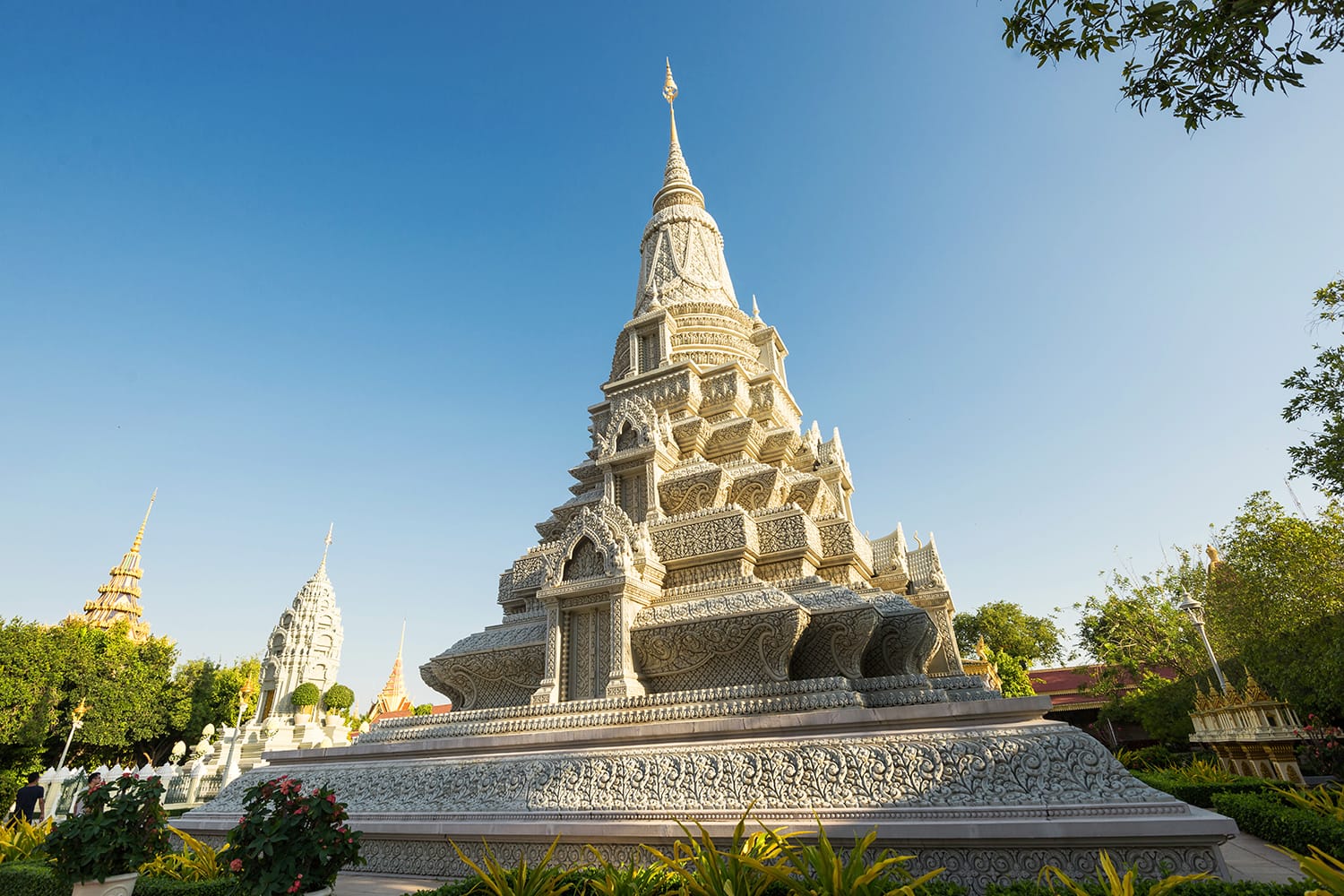
National Museum of Cambodia
Just across the road from the Royal Palace is the National Museum of Cambodia, your next stop. The largest and most important museum of history and culture in the country, the National Museum is a treasure trove of information on Cambodia’s history. Exhibits cover the nation’s past from the prehistoric era to the Khmer Empire.
The museum also has a strong focus on religious collections with considerable exhibits on Buddhist and Hindu sculptures. Besides the thousands of artefacts on display, the museum is housed inside a building that borrows heavily from Khmer temple architecture and its itself an interesting sight to see.
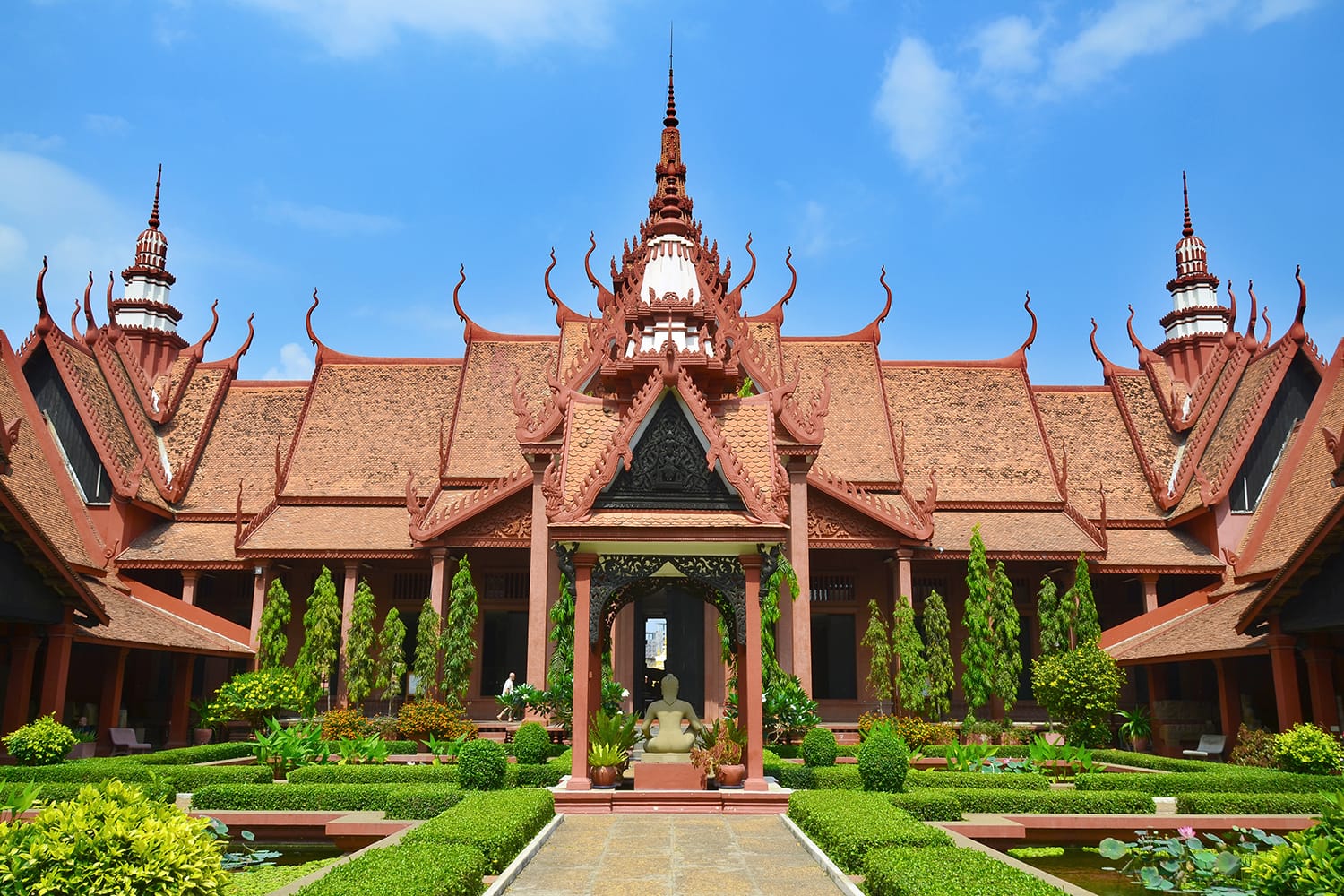
Central Market (Phsar Thmei)
It’s almost impossible to go to a city in southeast Asia and not visit a market while you’re there. In Phnom Penh, the main market is Psar Thmei, or Central Market, and it’s interesting if for nothing more than than the building it’s housed in. A huge dome tops this yellow and white structure from the 1930s which was the largest market in Asia when it was built. As for what the market sells? Well, everything. Whatever you need, you’ll find in the market, including traditional food at small food stands.
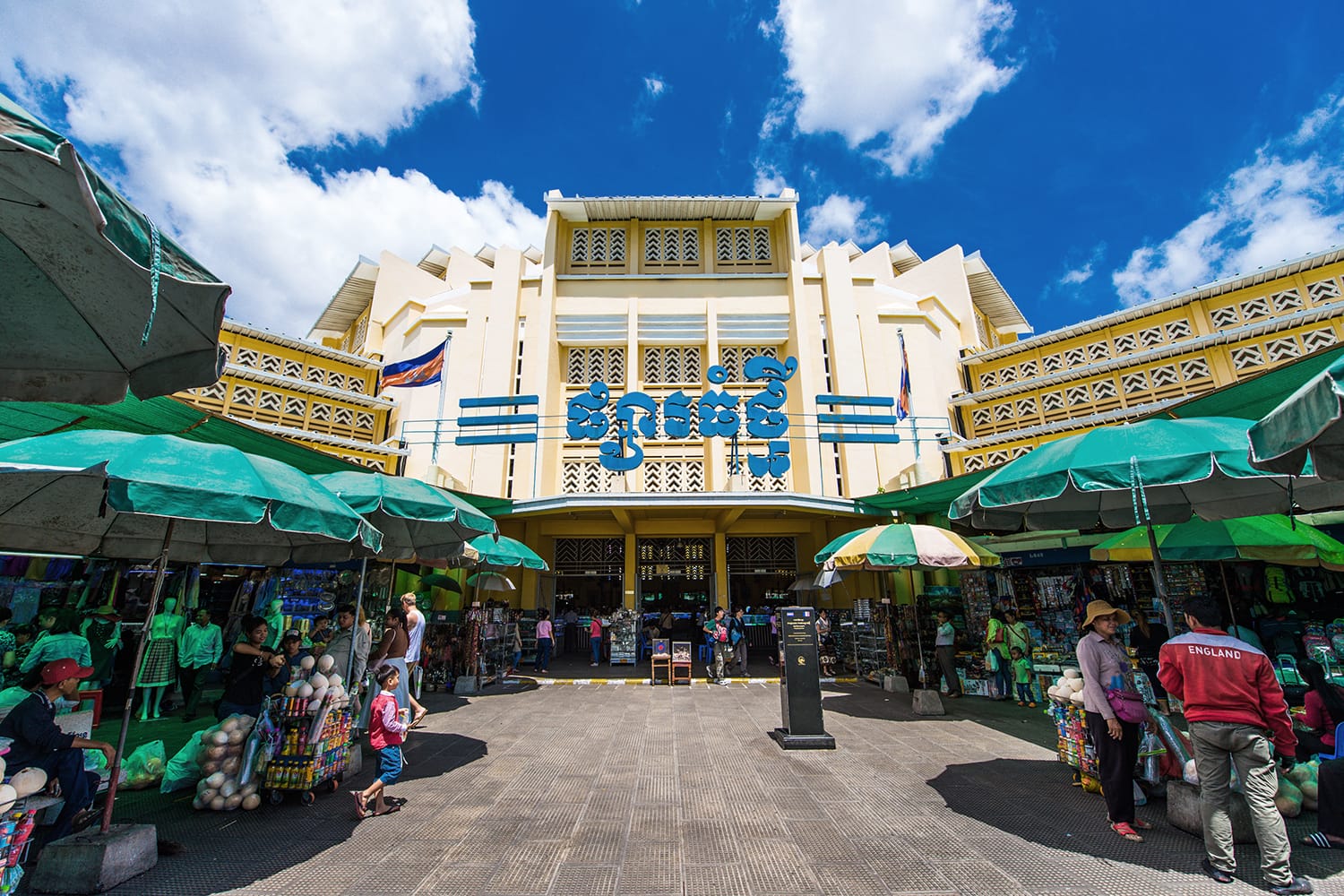
Wat Phnom
If you wondered where the name Phnom Penh comes from then your answer is the temple of Wat Phnom. This hilltop temple has quite a legend surrounding it. The tale goes that a person known as Lady Penh found four Buddha statues inside a tree and built a temple around them on this man-made hill. The name Phnom Penh translates to “Penh’s Hill” making it clear how important this temple is to the city’s history.
Covered in trees and as one of the few hills in the city, Wat Phnom really stands out. Now located inside a large roundabout, you can walk up to the temple pagoda and see the four Buddha statues there. It’s interesting to see how intricate the pagoda is despite its advanced years, but mind the monkeys as they can be troublesome.
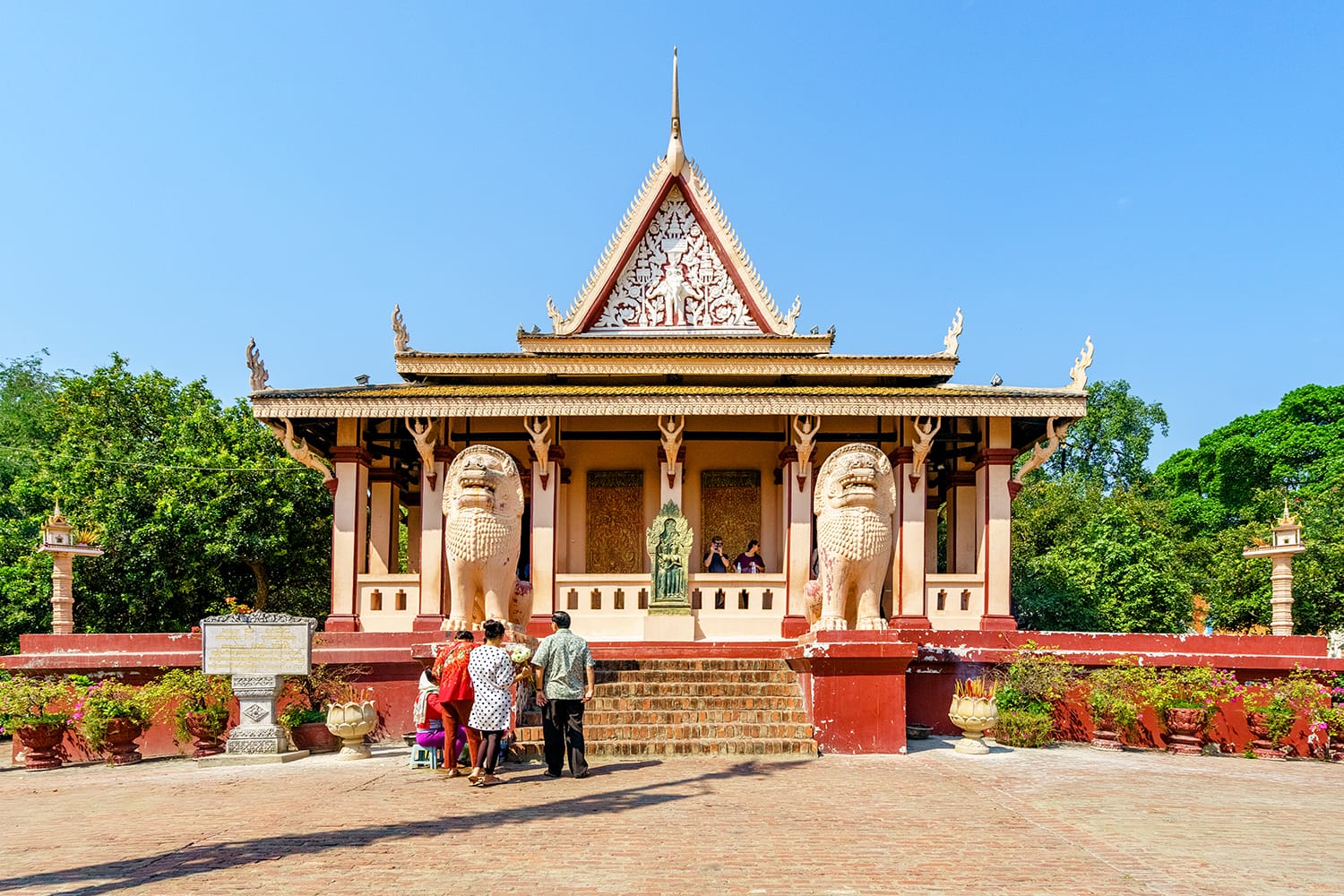
Night Market
Even though you’ve been to one market today, Phnom Penh’s night market is a different story. The perfect way to end your first day is jumping from one stall to the next, trying all sorts of different Cambodian dishes. They can range from grilled skewers of meat, to soups, and different fruits and desserts, so it pays to be adventurous here. Other than food, you can also buy things like clothes, bags, and souvenirs. Sometimes the market will have musical performances but even when it doesn’t, the atmosphere is worth experiencing all on its own.
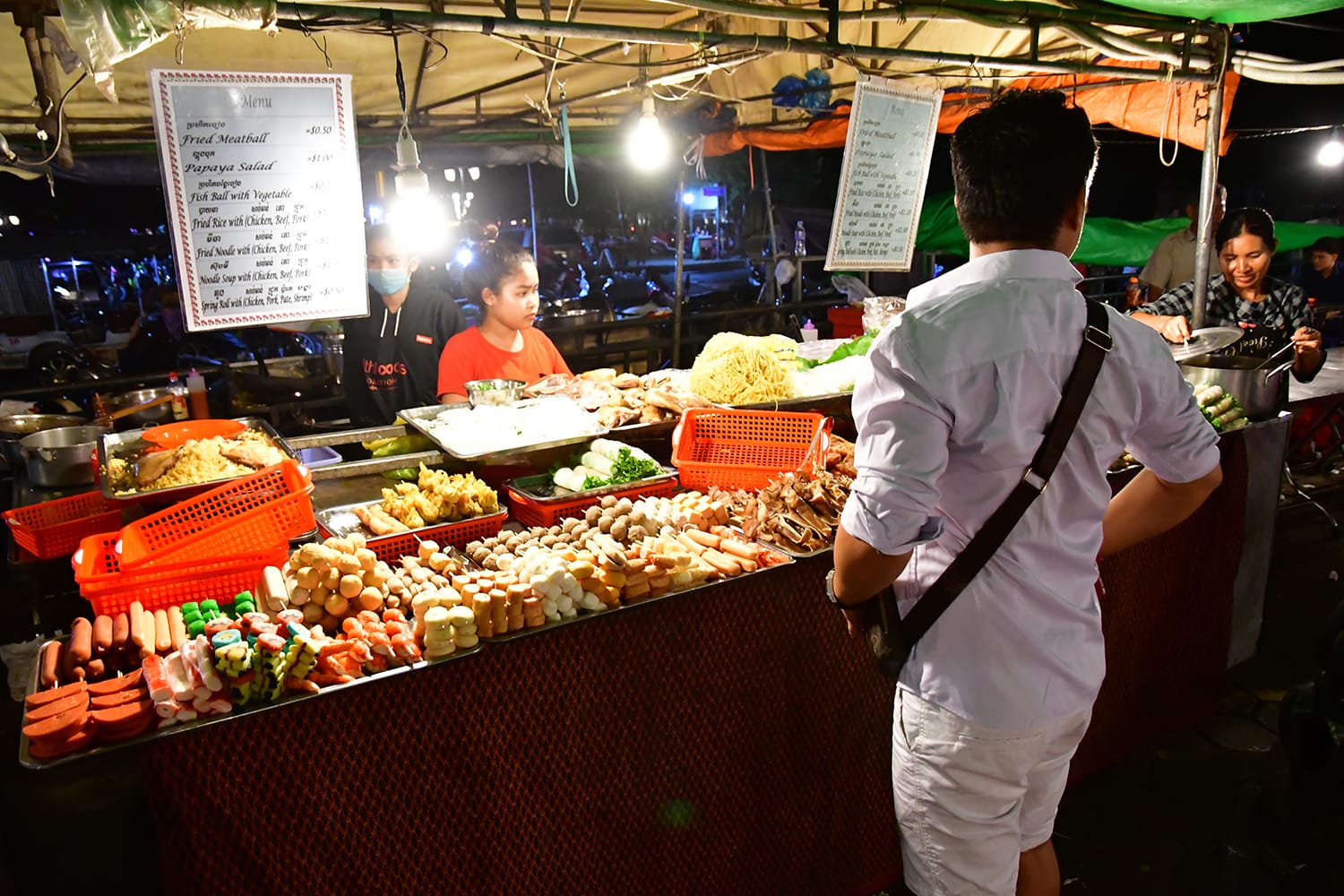
Day 2 in Phnom Penh
On your second day in Phnom Penh, it’s time to delve into the haunting history that is associated with the Khmer Rouge. From there, you’ll be hitting a lighter note with attractions found away from the center of the city.
Killing Fields
For many people, the only thing they know about the history of Cambodia is the terrible stories that came from the Khmer Rouge regime of the 1970s. This horrific period of history and the genocide that took place under Polpot made the Killing Fields a place that many have heard of. South of the city, these fields were where hundreds of thousands of people were executed by the regime. By no means an enjoyable experience, visiting the Choeung Ek Genocidal Center at the Killing Fields is an emotional but important experience.
Located south of Phnom Penh, Choeung Ek Genocidal Center is both a memorial and open-air museum. The pits used as mass graves are still clearly visible, with rags and bones occasionally sticking out of the earth. A guide will take you through the center, detailing the brutal history of the place, before bringing you to a stupa filled with skulls from victims uncovered in the pits here.
You can book a guided tour to the Killing Fields and Prison S21 here.
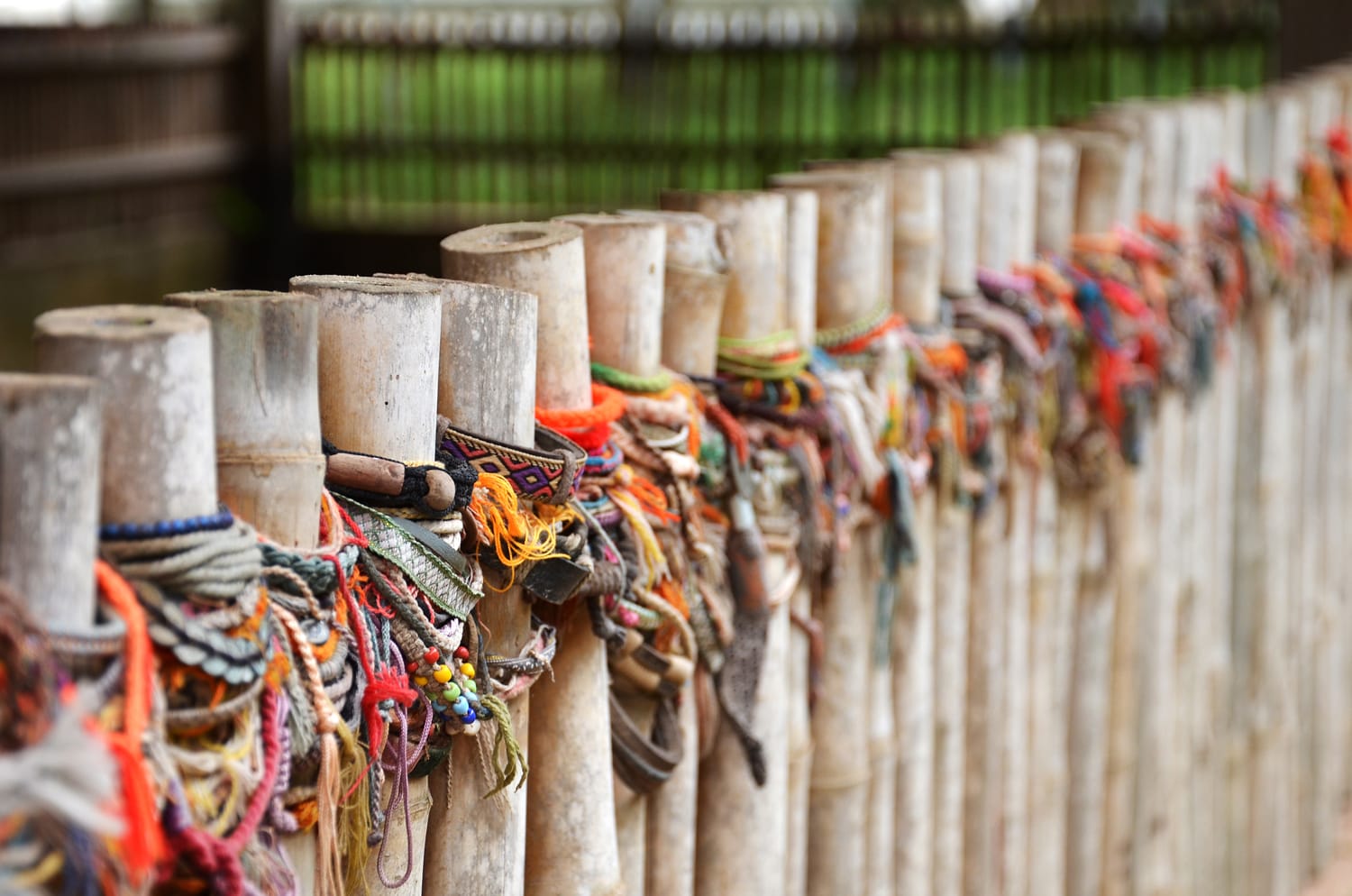
Tuol Sleng Genocide Museum
The other main landmark associated with the Khmer Rouge is the Tuol Sleng Genocide Museum. Found back in Phnom Penh, this former school became known as the S21 Prison and was used to lock up and torture as many as 20,000 people. One of over 150 in the country at the time, only seven people imprisoned here survived the regime. Nowadays, the prison is a museum which shares the stories of those who suffered there. With the prison left as it was, you can see the rooms of inmates and devices like waterboards which were used to torture them.
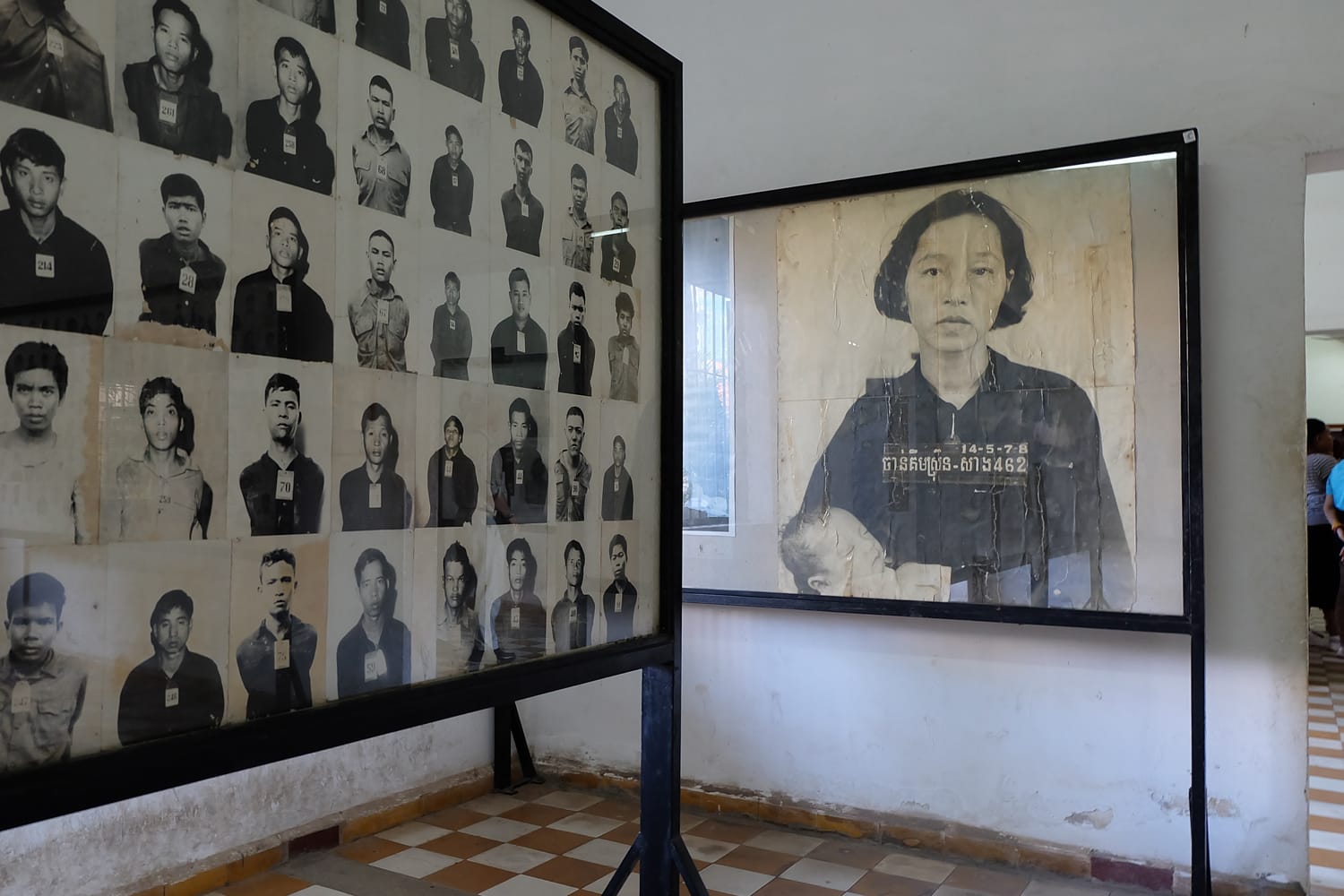
Russian Market
After a somber start to the day, you’re going to want a change of mood. One option is the so-called Russian Market in the southern end of the city. With very few Russian items for sale, it’s named as such because of its popularity with Russian expats back in the 80s. All kinds of things are sold at the market, including different Cambodian handicrafts, clothes, and produce. If you missed out on something at the Central Market, this is your chance to get it.
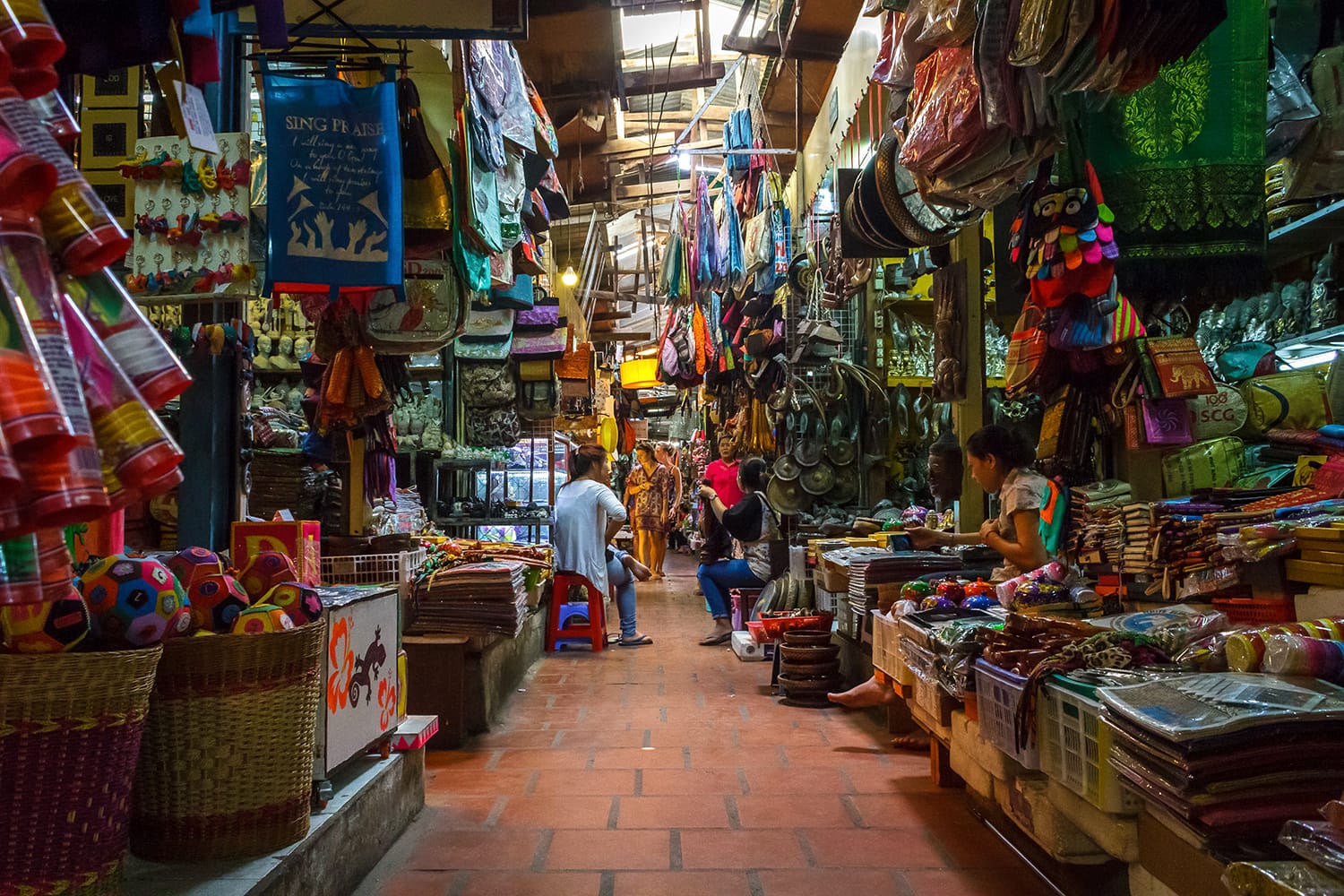
French Quarter
With so much focus on its recent history, you’d be forgiven for forgetting that Cambodia was once a French colony, evidence of which can be found when you visit the city’s French Quarter at the northern end of the city center close to Wat Phnom. The old French Quarter is home to countless faded colonial buildings, although some like the Cambodia Post Office and National Library are in pretty good shape.
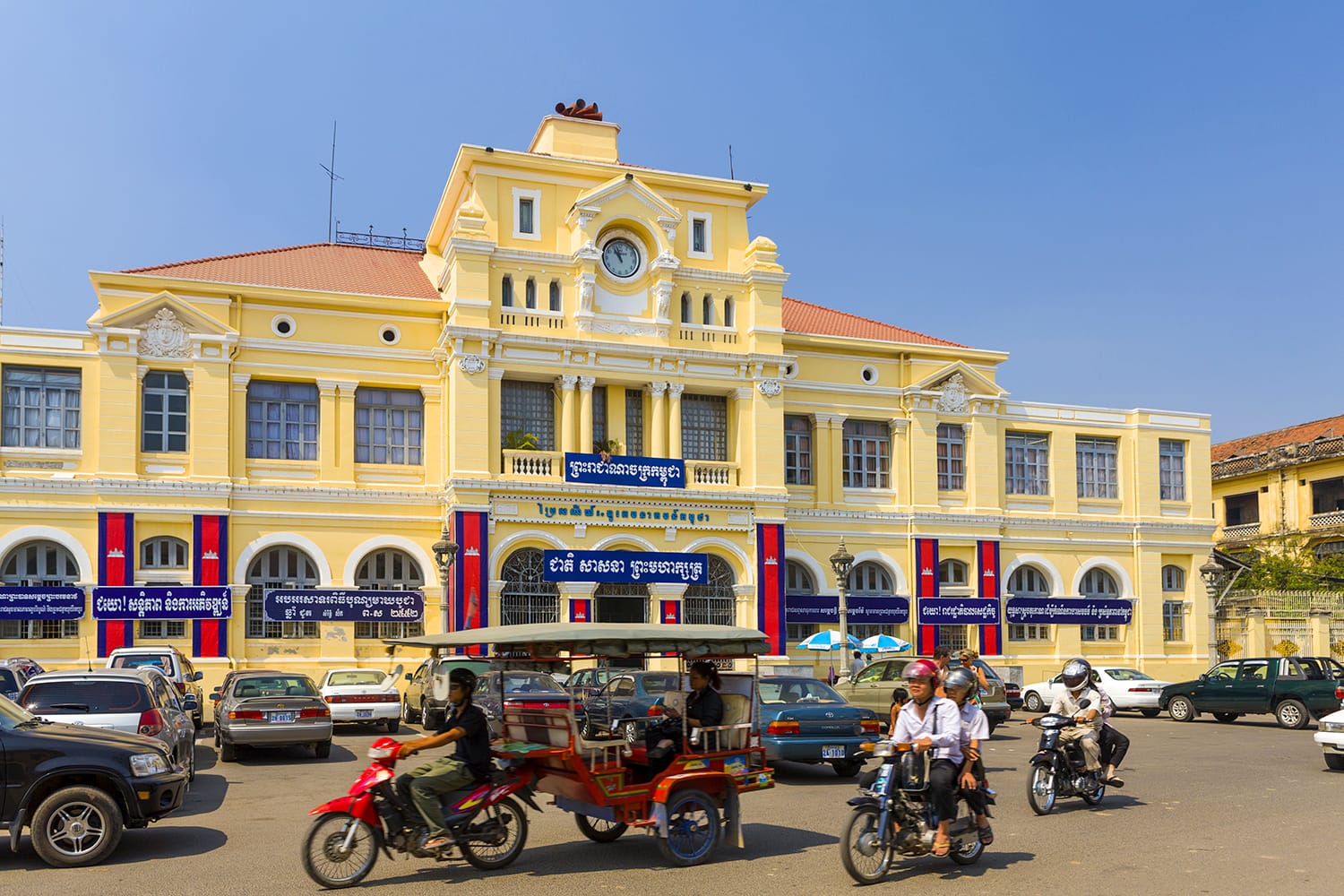
Kingdom Breweries Tour
You probably don’t tend to think of Cambodia and beer in the same sentence but a visit to Kingdom Breweries could change that. While Angkor may be the beer most tourists become familiar with, Kingdom is one of many craft beers in the city. What sets Kingdom Breweries apart though is the chance for you to take a tour of the brewery, see their process, and enjoy unlimited samples at the end. With Pilsner, IPA, Mango IPA, and Wit beers on offer, it may be needed after the heavy morning of sightseeing.
Food Tour
Although you may have sampled a few different dishes at the night market, there’s likely a lot you don’t know about Cambodian food. One of the best ways to fix that is by joining a food tour like the ones offered by Phnom Penh Food Tours. Thanks to a local guide, you’ll be shown all kinds of different Cambodian dishes and go places you’d never find on your own.
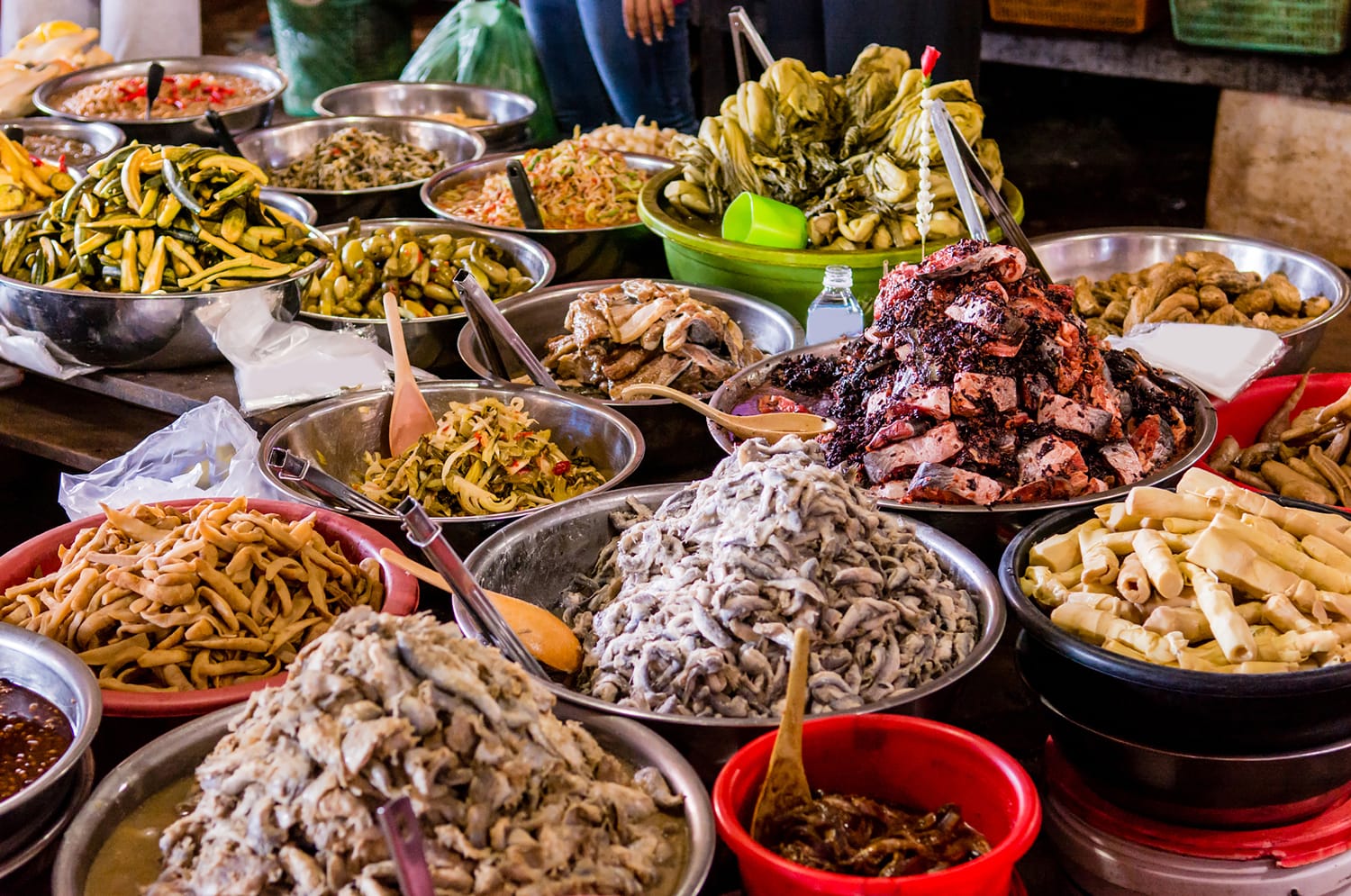
Alternatively, if you are less into food but more into culture, book a seat at a traditional Cambodian dance show which is held every night at the National Museum of Phnom Penh.
After all that you should be extremely happy with how much you saw of Phnom Penh in 2 days and will probably be pretty exhausted as well. Hopefully we’ve proven that Phnom Penh is worth a visit while you’re in Cambodia.
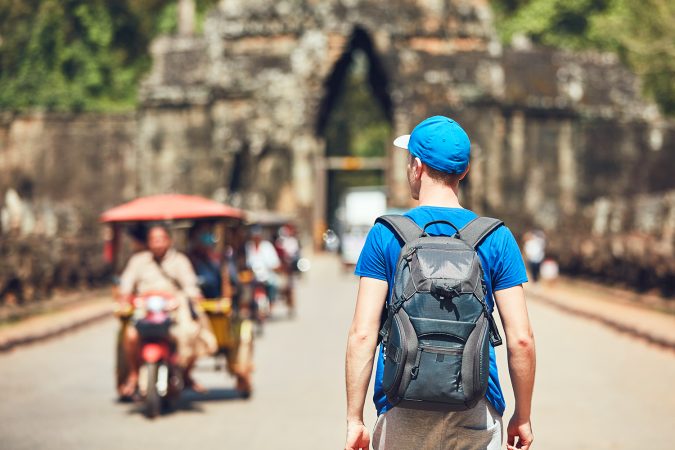
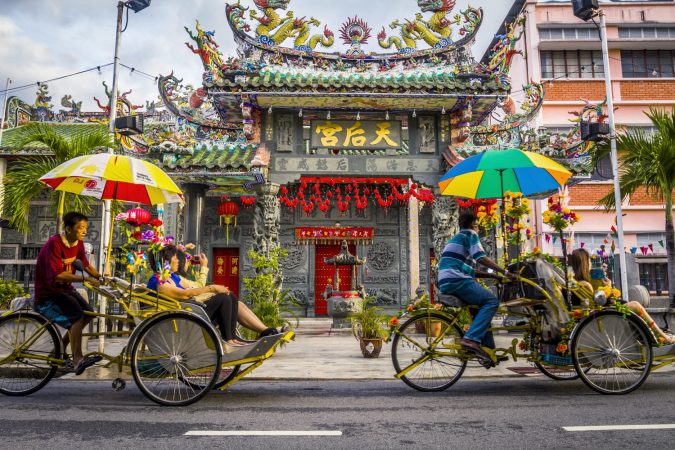
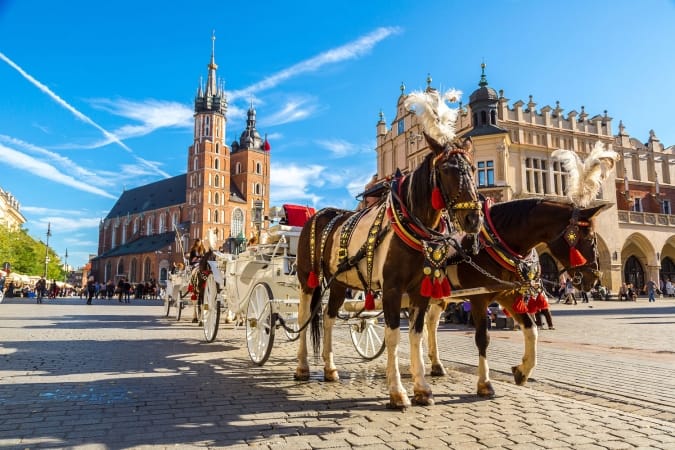
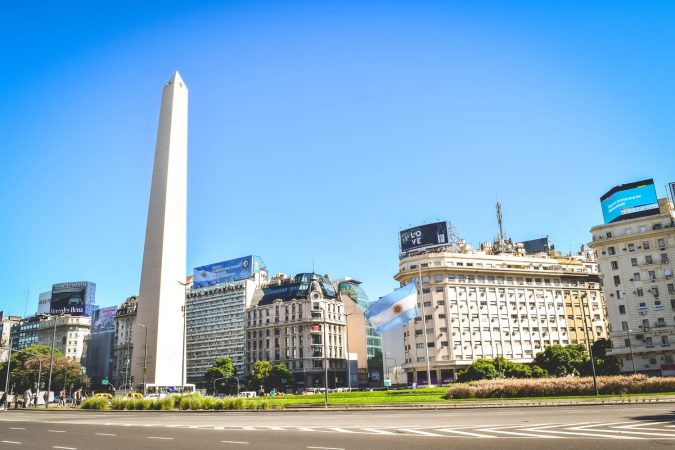
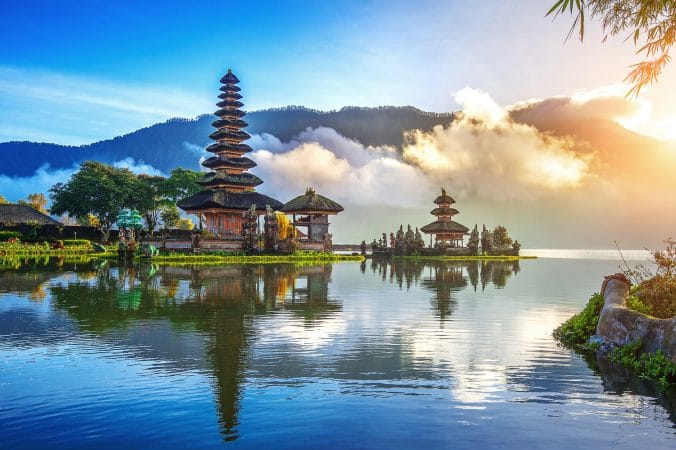


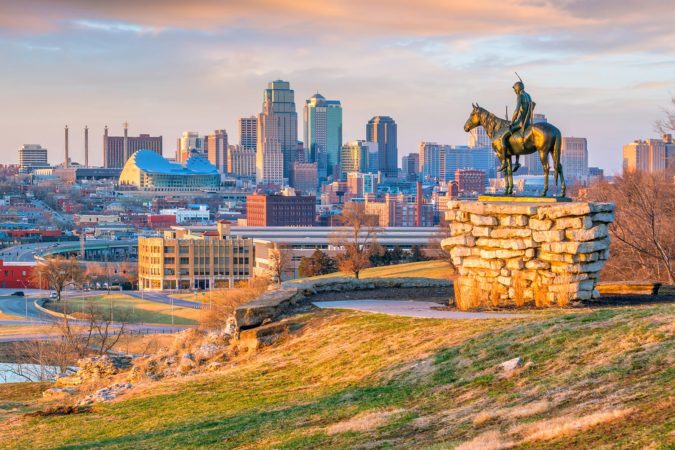
Sunny
Thank you for this very thoughtful & detailed guiding tour. The information you shared made our trip to Phnom Penh absolutely fantastic.
THANK YOU, bless you for your generosity.